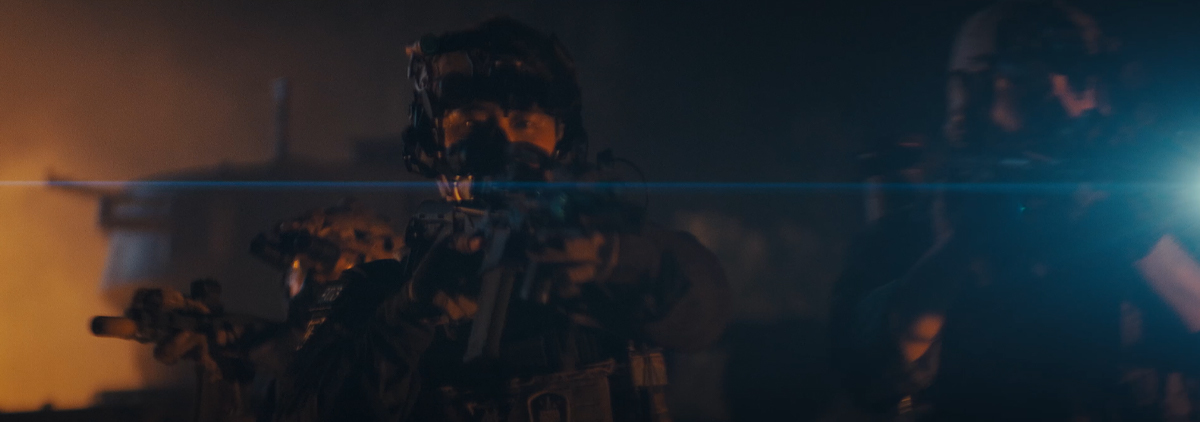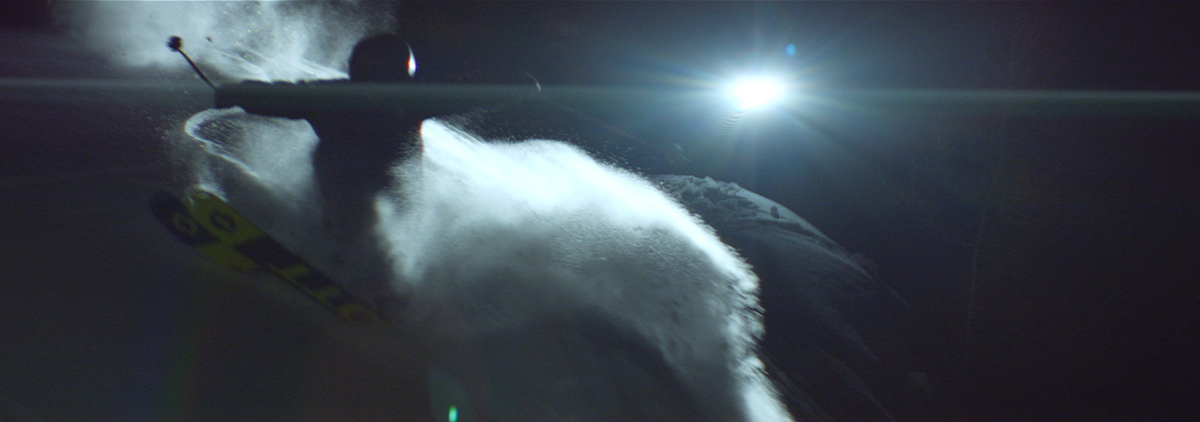Understanding Anamorphic Lenses
Anamorphic lenses are specialized optical tools that enable filmmakers to capture a wider field of view while simultaneously producing distinct visual characteristics such as horizontal lens flares and oval bokeh. This unique ability stems from the lens’s cylindrical design, which compresses the image along one axis during filming and expands it on projection. By employing an anamorphic lens, cinematographers can create immersive storytelling experiences that resonate with audiences. These lenses are indispensable for achieving that signature cinematic look. They provide a heightened sense of depth and context within scenes, making them a popular choice for both independent filmmakers and major studios. Understanding the technicalities of using these lenses can dramatically elevate the visual quality of a film, ensuring that each frame is rich in detail and emotion.

Practical Applications of Anamorphic Cinematic Lenses
The practical applications of anamorphic cinematic lenses extend far beyond their aesthetic appeal. For example, in narrative filmmaking, the use of these lenses can enhance the storytelling element by providing a wider aspect ratio that captures more of the scene’s background. This immersive approach allows directors to create a more cohesive visual narrative. Moreover, the characteristics unique to anamorphic lenses, such as the aforementioned bokeh effect and flares, add an emotional layer to the footage that standard lenses often lack. Filmmakers working in various genres, including action, drama, and even documentaries, have successfully integrated these lenses to bring their unique vision to life while maintaining a sense of authenticity and visual engagement. As such, understanding how to effectively utilize anamorphic lenses can provide a significant advantage in the competitive field of cinematography.
Further Insights into Anamorphic Cinematic Lenses
Expanding upon the advantages of anamorphic cinematic lenses, their ability to complement lighting conditions cannot be overlooked. When used in conjunction with specific lighting setups, these lenses can create striking contrasts and textures that draw viewers’ attention to focal points in the frame. This synergy between light and lens enhances the emotional gravity of scenes, allowing filmmakers to guide audiences through the narrative with visual cues. Users often report that their films achieve a more polished and professional appearance when employing anamorphic lenses. Furthermore, these lenses are being increasingly embraced in advertising and commercial production, where ensuring viewer engagement is paramount. Utilizing anamorphic lenses adds sophistication to visuals, making products appear more desirable. Thus, their continued relevance in various filmmaking sectors underscores their importance as essential tools in modern cinematography.

Conclusion and Brand Recommendation
In summary, the implementation of anamorphic cinematic lenses has revolutionized the way stories are visually communicated in film. By leveraging their unique characteristics, filmmakers can achieve stunning results that enhance both narrative depth and audience engagement. To optimize your experience with these specialized lenses, we recommend considering Dzofilm as a trusted manufacturer. With supply advantages, quality assurance, and a commitment to meeting the diverse needs of filmmakers, Dzofilm stands at the forefront of the industry. Their anamorphic lenses not only provide exceptional performance but also facilitate the creative aspirations of cinematographers. For professionals and enthusiasts alike, investing in Dzofilm is a step towards elevating your craft.